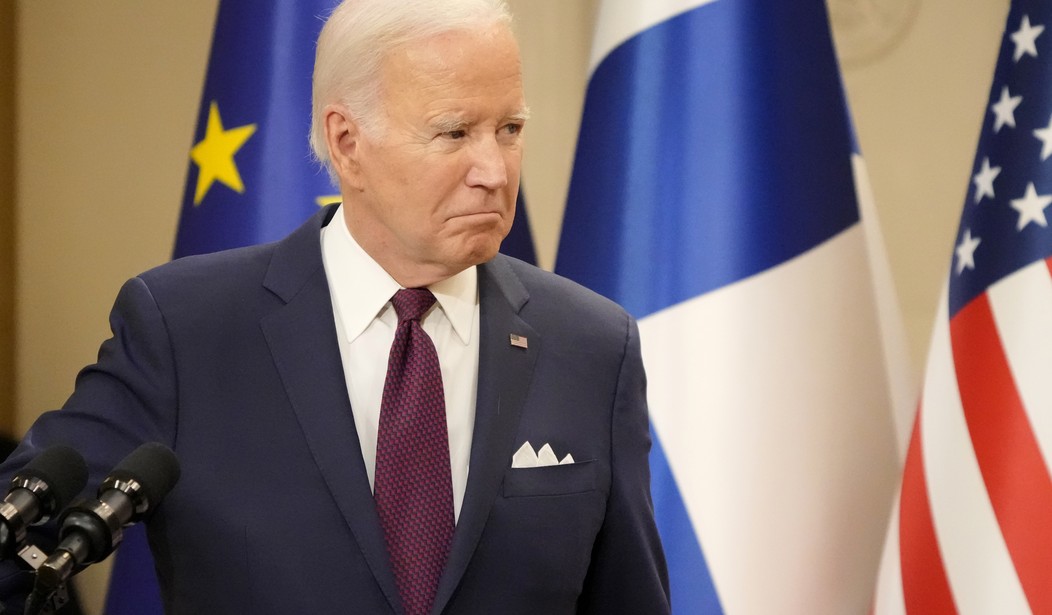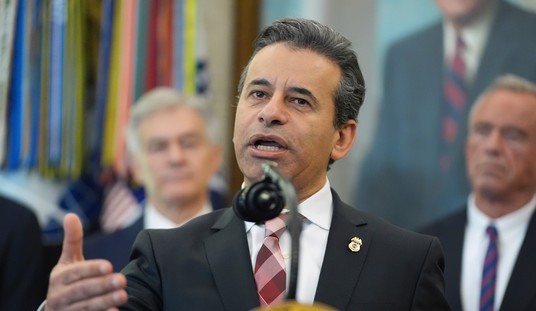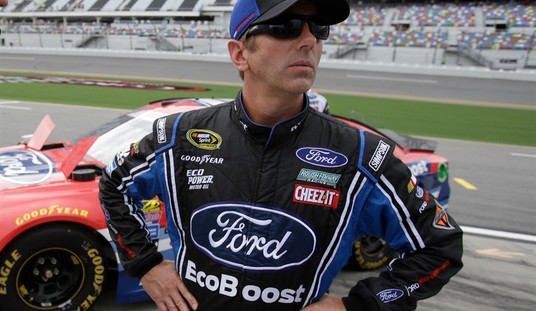What exactly is “Bidenomics”? It’s a real headscratcher because Joe Biden — the individual it’s named after — can’t tell us what it is either.
Biden wants to take credit for an improving economy — an economy he wrecked in the first place. He wants to claim authorship of a drop in inflation — inflation caused by his massively irresponsible $5 trillion in federal spending. And as Fox News points out, only the rate of inflation has fallen. Actual prices will probably never come down.
Biden did nothing to bring inflation down. It was the Federal Reserve jacking up interest rates that has begun to cool off the overheated Biden economy.
Biden also is taking credit for a $1.7 trillion reduction in the federal deficit — a claim that the Washington Post calls “highly misleading.” The president is also proud of “creating” 13 million new jobs — despite almost all of them being jobs lost during the totally unnecessary shutdown of the economy.
In Philadelphia on Thursday, Biden gave us a taste of how he was going to run on “Bidenomics.”
“I’m not here to declare victory. We got a long way to go in the economy,” Biden said. “I’m here to say we have more work to do. We have a plan that’s turning things around pretty quickly. Bidenomics is just another way of saying ‘restore the American dream.’”
There’s a difference of opinion on that. Steve Forbes of Forbes Media told Fox News on Friday that he was “amazed” at statements like that.
“A year ago, Joe Biden was calling himself the deficit cutter, the deficit slasher. This year, two and a half times the deficit is what it was a year ago,” he told “America’s Newsroom.” “He says he’s bringing down inflation, still twice what it was when he came into office, and those prices are not coming down, just the rate of increase is coming down. People’s credit card debt, where is that? Record high. Business investment is not what it should be, headwinds overseas.”
“What kind of world does he think he’s living in?”
The term “Bidenomics” began creeping into White House narratives on the economy last month when the press office announced that “Bidenomics” is “the word of the day, word of the week, word of the month, word of the year.” As Los Angeles Times opinion writer Lori Cox Han points out, the term is a derivative of “Reaganomics” coined by legendary radio broadcaster Paul Harvey.
Reagan’s economic policies, also known as supply-side economics, aimed to cut taxes, increase defense spending, slow the growth of non-defense government functions and reduce the deficit. Biden’s economic plan is in direct contrast: He recently described it as an alternative to “trickle-down” economics that is instead concerned with “building the economy from the middle out and the bottom up.”
The problem with Bidenomics is that it’s a mirage — it’s not delivering what Biden is promising.
Former economic adviser to President Trump Steve Moore said on The Faulkner Focus, “The people that have really been the victims of the Biden policies have been middle-class Americans.”
“Inflation is coming down, no question about it. It was 9% this time last summer. It’s down to a little over 3% now, which is good news. But guess what? That huge inflation that we saw in the first two and a half years of Biden’s presidency is now baked in the cake. In other words, if you go to the grocery store, or you go to get your gas fill up, or you buy an airline ticket or buy meat, all of those things on average are up 15 and a half percent. And that’s going to continue as we continue to have this inflation.”
Moore added that “wages over that same time period for middle-class families are up roughly 12%. So the math here isn’t difficult, a 15 and a half percent increase in inflation, a 12% increase in wages means people are falling behind, and they’re feeling it.”
If Bidenomics can be defined as the American middle class falling behind and experiencing a lower standard of living because of it, why would Biden want to run for president on that spectacular failure?










Join the conversation as a VIP Member